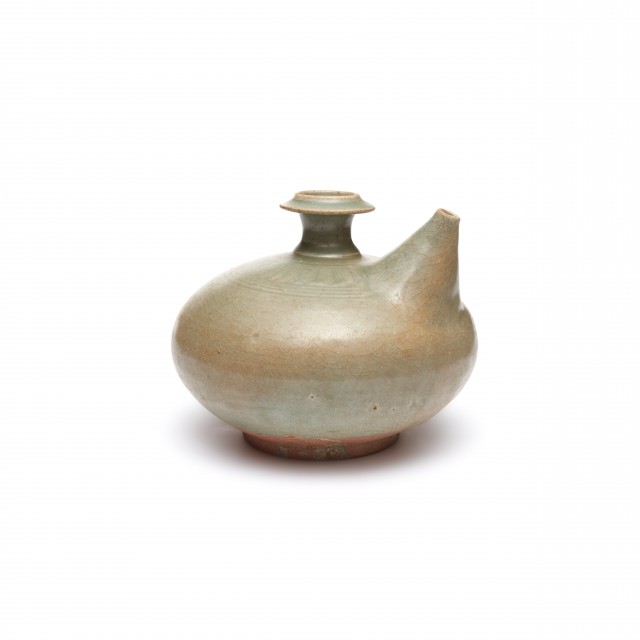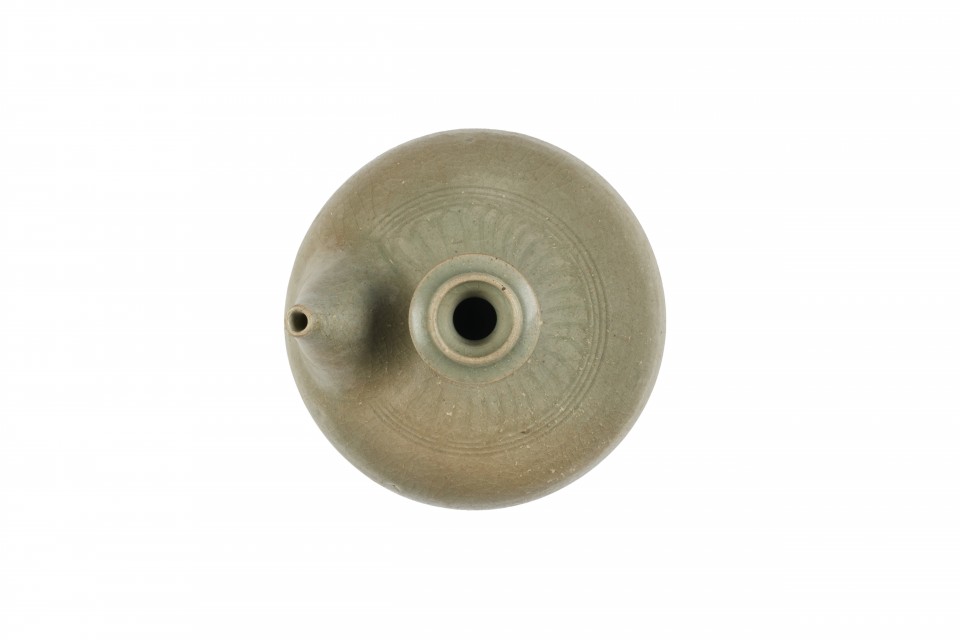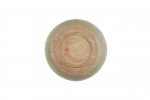
Kendi (Spouted Jar)

Photography by Synthescape, Digital image © Asia Society

Photography by Synthescape, Digital image © Asia Society

Photography by Synthescape, Digital image © Asia Society
Kendi (Spouted Jar)
15th-16th century
Thailand
Stoneware with incised design under glaze (Si Satchanalai ware)
H. 5 3/4 x Diam. 6 1/4 in. (14.6 x 15.9 cm)
Asia Society, New York: Mr. and Mrs. John D. Rockefeller 3rd Collection, 1979.94
Provenance
John D. Rockefeller 3rd, New York, NY; acquired from Worthington’s Chinese Porcelain, Vienna, VA, 1969.
The Asia Society, New York, NY, bequest of John D. Rockefeller 3rd, 1979.
Licensing inquiries
Celadon, the green-glazed ware named after a character in a 17th-century French play who wore green, was produced at the Sawankhalok kilns in northern Thailand by the late 14th or early 15th century. Recent archaeological findings suggest that six- to eight-hundred kilns were active in this region, producing many types of ceramics in addition to the famous green-glazed wares. The shape of this piece came from the Indonesian tradition of the kendi. Still used as drinking vessels today, ceramic and bronze kendi were used earlier for pouring libations in Buddhist ceremonies. Kendi are generally distinguished by their spherical bodies and by the use of the neck as a handle as well as for filling the vessel. Kendi were produced in both China and Southeast Asia, primarily for export to Indonesia.




